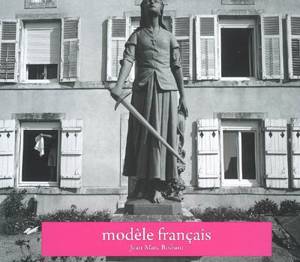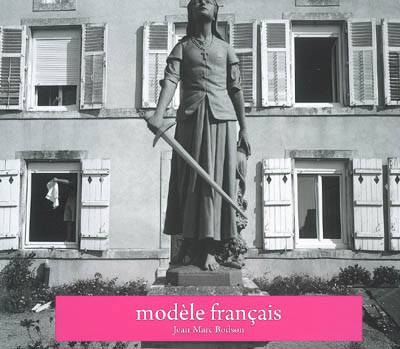
- Afhalen na 1 uur in een winkel met voorraad
- Gratis thuislevering in België vanaf € 30
- Ruim aanbod met 7 miljoen producten
- Afhalen na 1 uur in een winkel met voorraad
- Gratis thuislevering in België vanaf € 30
- Ruim aanbod met 7 miljoen producten
Omschrijving
Après la défaite de 1870, une vague de « statuomanie » gagna la France. Une noria de héros de la nation, mais aussi de saints, apparut sur les places publiques et dans les églises. Parmi toutes ces effigies, celle de Jeanne d'Arc connut un succès particulier car son exemple était revendiqué à la fois par les républicains, les monarchistes et les catholiques. Par les fontes et plâtres, mais aussi les rituels qui la célèbrent, chacun tenta d'imposer sa manière de (la) voir. Toutes ces représentations stéréotypées apparaissent ici comme autant de traces archéologiques d'une certaine idée du modèle français. On voit aujourd'hui combien elles annonçaient la façon dont les images de série - photographie y comprise - allaient à l'avenir s'emparer de la fabrication des mythes.
Following France's defeat by Prussia in 1870, a wave of « statue-mania » swept through the country, and a seemingly never-ending pantheon of national heros and saints appeared in squares and inside churches. Among ail of them, Joan of Arc was particularly popular, as her example was held up not only by Catholics, but also by Republicans and Monarchists. Each sculptor attempted to impose his view of the saint in cast iron, plaster or through rituals which celebrated the statues. In this book, these stereotypical representations appear like archeological remains of a particular view of the French ideal. Today we can see how much they anticipate the way in which mass-produced images - including photographs - would be used in the future to help fabricate myths.
Specificaties
Betrokkenen
- Auteur(s):
- Uitgeverij:
Inhoud
- Aantal bladzijden:
- 102
- Taal:
- Frans, Engels
Eigenschappen
- Productcode (EAN):
- 9782916249254
- Verschijningsdatum:
- 17/04/2008
- Uitvoering:
- Paperback
- Afmetingen:
- 270 mm x 230 mm
- Gewicht:
- 600 g

Alleen bij Standaard Boekhandel
Beoordelingen
We publiceren alleen reviews die voldoen aan de voorwaarden voor reviews. Bekijk onze voorwaarden voor reviews.








